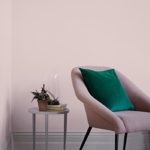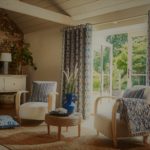Using light in interior design is a magic trick us designers have up our sleeves. We usually have both natural and artificial light to consider and manipulate when designing a scheme.
Space can be completely transformed by altering the intensity, placement and colour of light.
When contemplating designs it is often too easy to think about what you can do with artificial light, but don’t forget to optimise the natural light you can get into the design, it often helps to appreciate the beauty of a space.
It is best to first consider the natural light in a space as this will guide or constrain your design decisions. Is there any natural light at all? What is the orientation of the walls with the windows. Does the space have north, south, east or western light? The characteristics of natural light vary in an interior space as the angle of the sun changes throughout the day and seasons.
The use of artificial light is completely unconstrained. The quality of artificial light sources can be controlled to be as clear and bright as morning light, or as soft and warm as a sunset. The intensity of light can also be controlled with dimmers. It can highlight a space like a sky light, or glow softly to outline an architectural feature.
You can use light to create the illusion of colour, texture, movement and pattern. It is also essential for specific tasks, safety and security.
Most importantly remember that light is a powerful decorative tool which everyone can use and have fun with.
For more tips or help completing your lighting plan get in touch.


